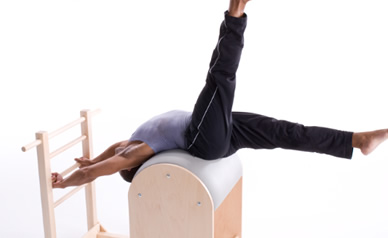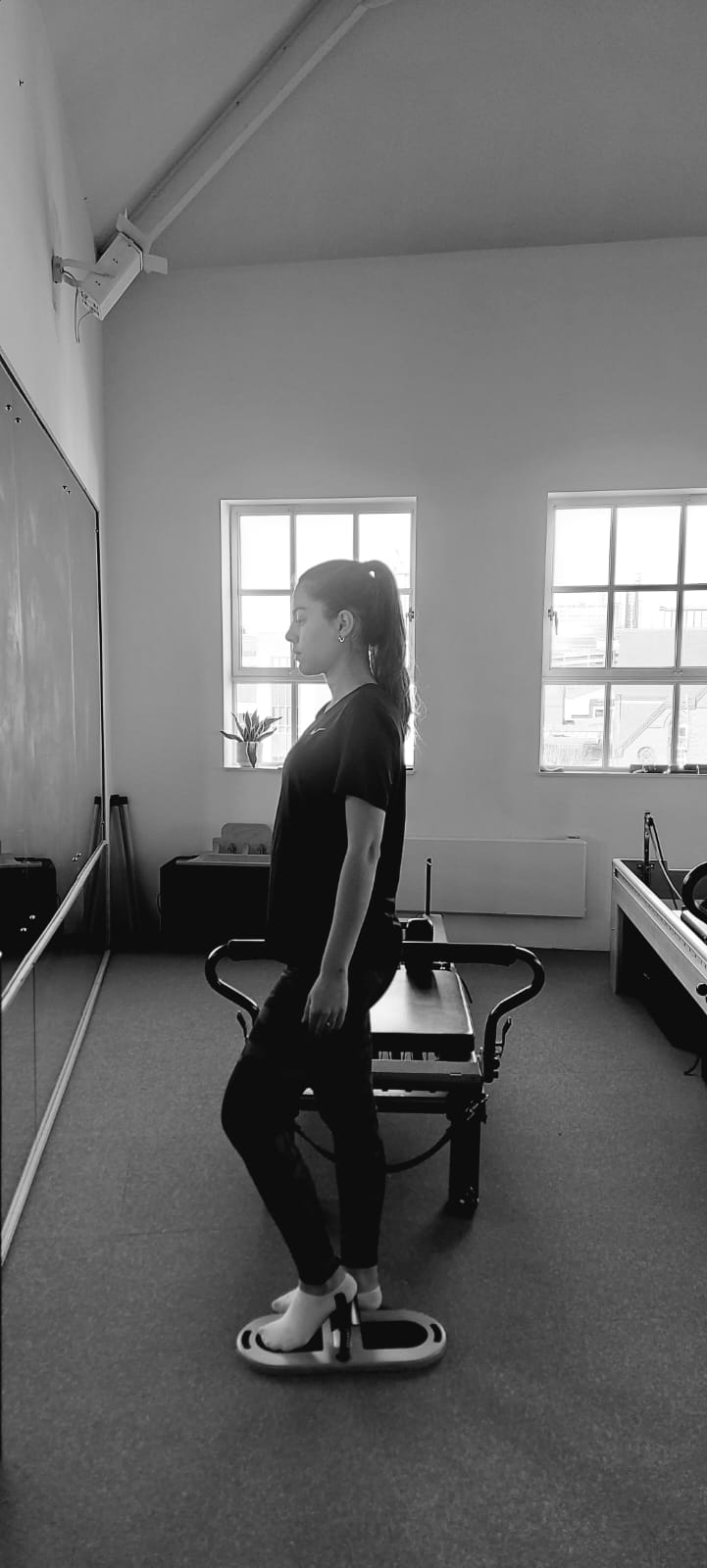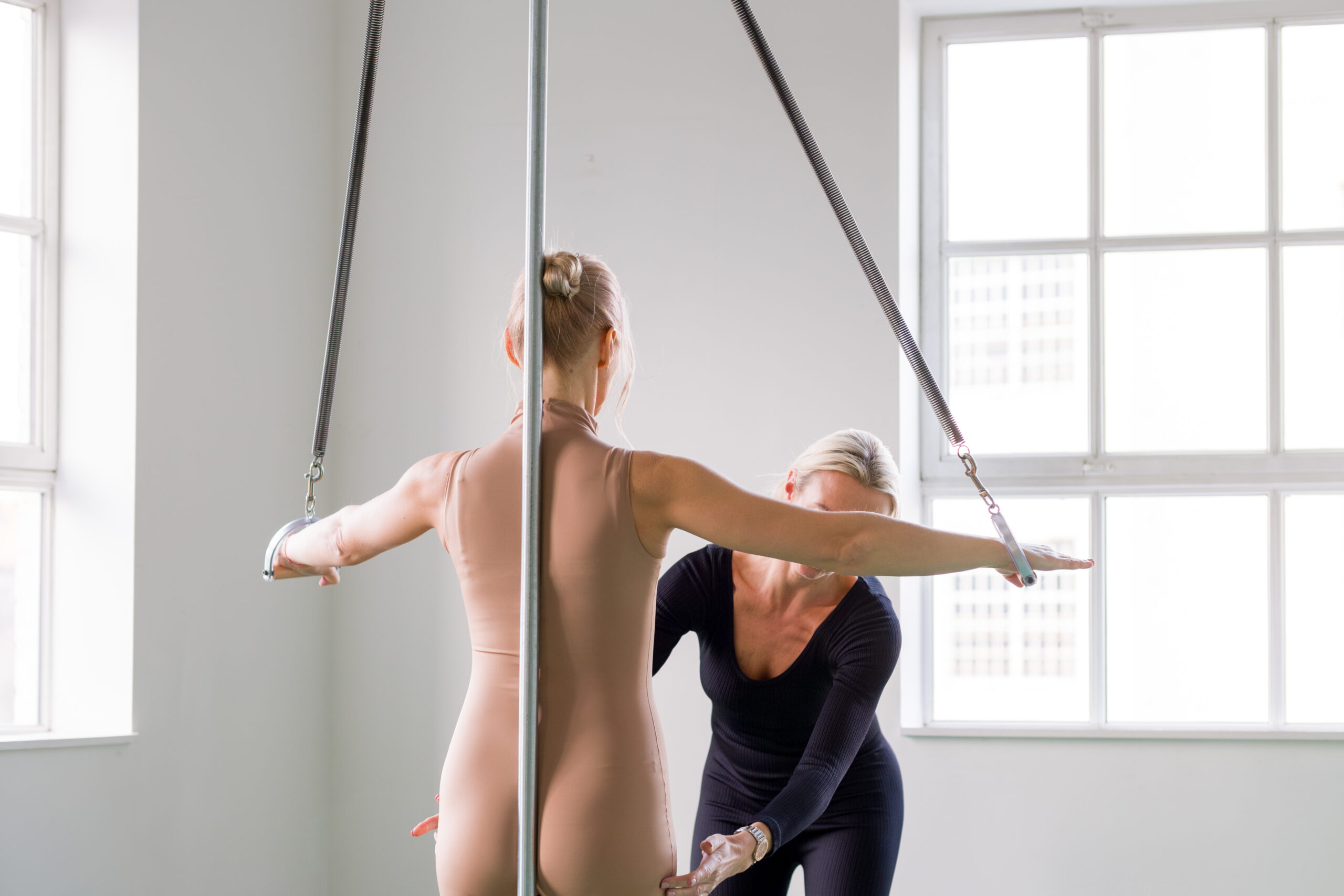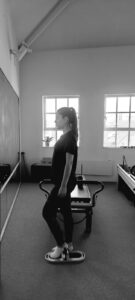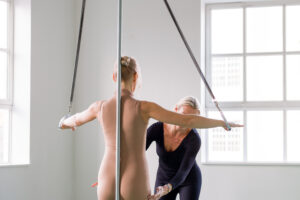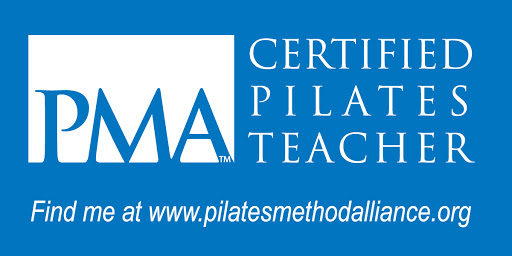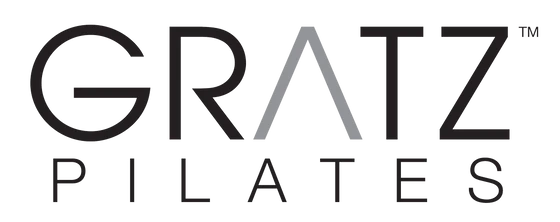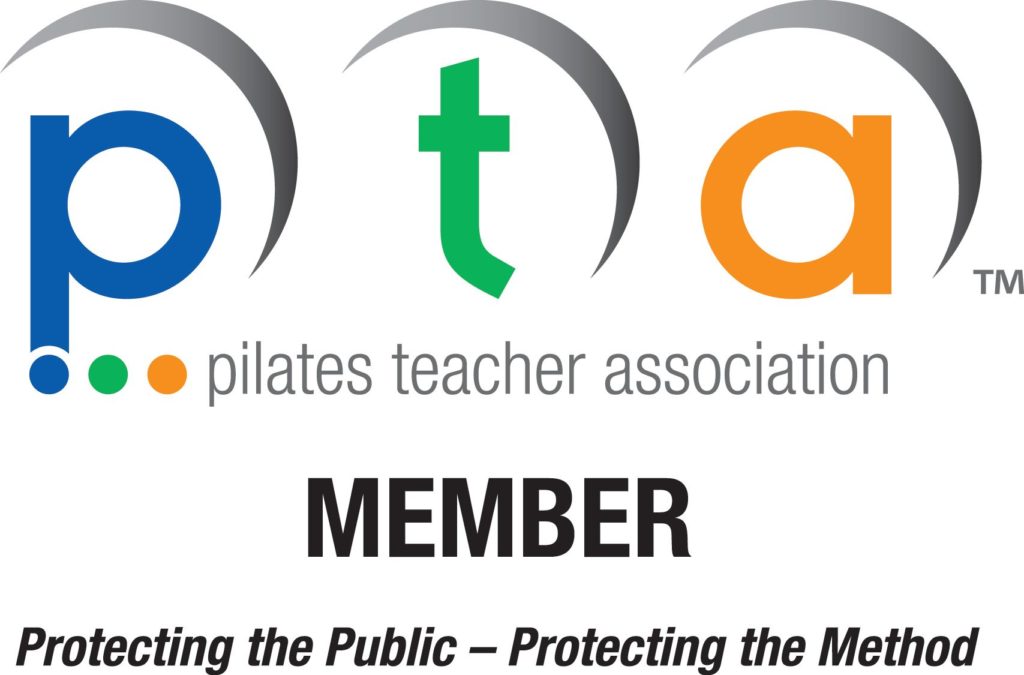The “Pilates Barrels”
Click here to see the Barrel video tutorial resource.
Three sizes: Baby Arc, Step Barrel and the Ladder Barrel.
The Step Barrel is often called the Spine Corrector, but they’re all spine correctors!
… and it’s not another type of Pilates. Mat, Reformer, Barrels, Wunda Chair & Cadillac – it’s all Pilates – if it’s done properly!
Like all Pilates apparatus, they are designed to work the body holistically – all over! Want proof? Watch Joe Pilates below…
Joseph Pilates: original footage
What are Pilates Barrels good for?
The Barrels mobilise and strengthen the spine…
“Pilates apparatus with no springs are for short bones,
the apparatus with springs, the long bones…”
— Sean Gallagher
Spinal flexion – abdominals
Using your abdominals to bend forwards (spinal flexion) is a very common type of exercise, but the Barrels allow the trunk to be supported and so allows these exercises to be performed with greater safety in mind. Muscles activated: rectus abdominus, to a lesser degree internal and external obliques.
Spinal extension – shoulder (blade) work
Similarly, bending backwards (spinal extension) can be done both passively by simply allowing our body weight to help us bend over the barrel, or actively, by using our spinal extensors to lift our torso off the Barrel. Activated muscles: lower fibres of the trapezius, subclavius, latissimus dorsi.
Lateral work – internal and external obliques
Finally, side (lateral) bending can easily be performed with support from the apparatus. Activated muscles: internal and external obliques, the quadratus lumborum and the erector spinae.
Flexion and Extension with Rotation
Barrels, in all their variants, offer spinal articulation in all planes: both extension (bending backwards), flexion (bending forwards) and lateral flexion (bending sideways) can be done in both clockwise and anti-clockwise rotation on all the Barrels.
If you consider that spinal injuries most often occur in slightly rotated positions, then the importance of strengthening in rotational planes becomes more apparent.
- Exercises involving rotation with flexion and extension are often overlooked in Reformer and Mat work. Perhaps this is because there is less support for the trunk, making them particularly challenging to perform.
- They offer support for passive spinal extension in relaxing poses which stretches all the trunk flexors and pectorals: vital to counteract postural problems caused by modern lifestyles.
- In forward abdominal flexion the barrel supports the spine and this support is significant in conditions where deep forward flexion of the spine is contraindicated – osteoporosis being a common example…
- In lateral flexion exercises the trunk is also supported so as to engage the only the lateral / oblique trunk flexors rather than the common compensation of going into forward flexion.
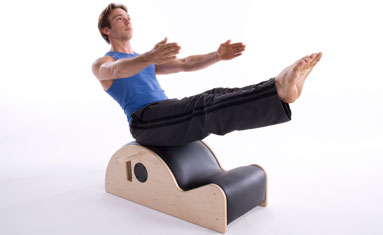
Hipwork
This work is done in an inverted position and stretches the muscle groups associated with tight hips: both hip flexors and hamstrings as well as adductors. This position offers possibilities to learn and develop pelvis stability and develop coordination.
It allows for much more accessibility to these exercises than does the Matwork as the Step Barrel offers wonderful support for the lower spine and pelvic girdle, freeing us up to concentrate on the actual opening up of the hips.
Alignment and Stretching 🙂
Because of its size, the Ladder Barrel is perfect for alignment and stretching: it allows excellent and strong stretches of the hamstrings, glutes and piriformis, adductors, and hip flexors and lateral hip (Tensor Fascia Lata).
Not only that, the Ladder Barrels can offer possibilities for advanced abdominal work, introductions to advanced reformer work (Grasshopper, Horseback series) and more advanced hip work than the step Barrel or Matwork.
The Types of Barrels: the “Step” and the “Ladder”?
The Step Barrel / Spine Corrector consists of a step integrated into a barrel. It’s much lower than the Ladder Barrel and is usually used on a mat. There are several variants including the Pilates Arc by Balanced Body and the Avalon developed by BASI which uses springs. These springs are used to add resistance to passive stretches and add versatility to the repertoire of exercises that can be done on the apparatus.[/vc_column_text][vc_column_text]A variation is the
Baby Arc. It has a reduced barrel height with an increased circumference, in other words, a gentle arc. This soft curve is ideal for people with reduced spinal articulation in extension, thereby making it a less intimidating proposition for beginners.
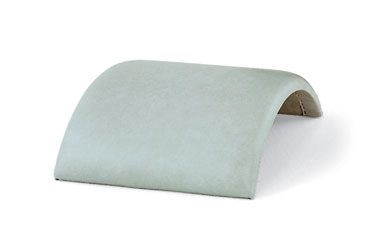
The Ladder Barrel consists of a short but wide ladder connected to a Barrel which is set to the height of the ladder. The distance between the ladder and the barrel can be adjusted to suit people of different heights. The combination of ladder with high barrel allows for standing stretches, and, in comparison to the other barrels, more acrobatic full body weight exercises and handstands to be practised.
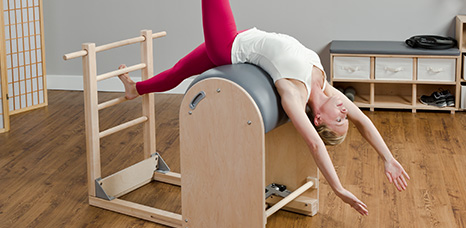
If you have any questions on how to work with the Pilates Barrels, then get in touch, or better still, make an appointment for a First Lesson.

